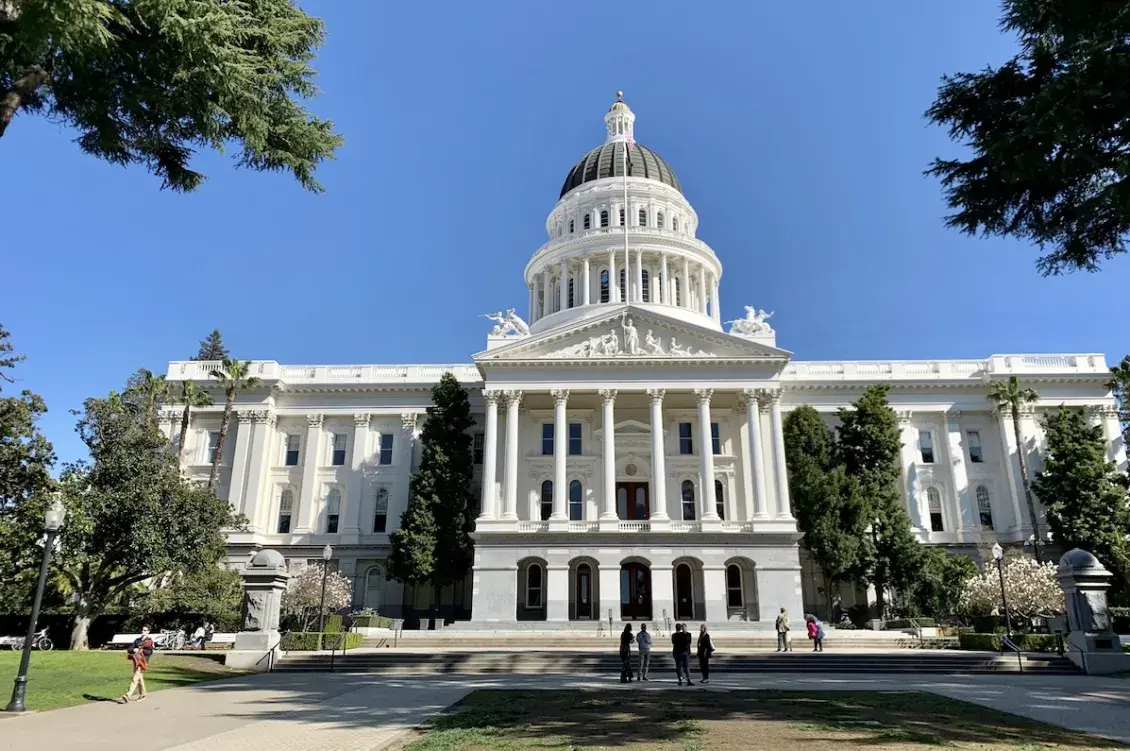California’s affordable housing shortage has long since reached a breaking point—driving up rents, displacing families, and pushing new homes farther from jobs and transit. With the enactment of Senate Bill 79 (SB 79), the state is taking a meaningful step to close that gap by making it easier to build housing near existing public transit and community amenities.
As one of the year’s most closely watched housing measures, the legislation sparked strong opinions across the state. Supporters see it as a breakthrough for housing affordability and climate resilience, while critics caution that it shifts too much control from local governments.
Overview of SB 79
SB 79 sets statewide zoning standards for areas within half a mile of major transit stops, establishing baseline height and density limits and requiring that at least 7 to 13 percent of new homes be affordable to lower-income households.
| Location | Minimum Height | Minimum Density | Minimum Floor Area Ratio |
| Within ¼ mile of Tier 1 stop | 75 feet | 120 dwelling units/acre | 3.5 |
| ¼ - ½ mile of Tier 1 stop | 65 feet | 100 dwelling units/acre | 3.0 |
| Within ¼ mile of Tier 2 stop | 65 feet | 100 dwelling units/acre | 3.0 |
| ¼ - ½ mile of Tier 2 stop | 55 feet | 80 dwelling units/acre | 2.5 |
Tier 1 is for subway and heavy rail. Tier 2 is for light rail or major bus corridors. Floor area ratio (FAR) establishes the allowable scale of development by defining the ratio of a building’s total floor area to the size of the lot.
Cities that are subject to compliance with SB 79 have until July 1, 2026, to align their zoning plans. After that date, state standards automatically apply to qualifying sites. The law also:
- Prohibits demolishing existing rent-controlled or deed-restricted housing
- Bans redevelopment on such sites for seven years
- Prevents local downzoning that would make development more restrictive than the state minimums
These provisions help ensure that new transit-oriented housing adds to the supply without displacing existing tenants.
Building more homes near transit not only benefits housing goals but also encourages smart environmental outcomes. People can live closer to where they work and travel using public transit, thereby reducing traffic congestion, air pollution, and greenhouse gas emissions. This is crucial for Los Angeles, as we face worsening climate risk from heat, drought, and wildfire.
To learn more about the bill’s details, explore the full text of SB 79, a summary of the bill by California YIMBY, or a Myths vs. Facts guide by California YIMBY, which clears up many common misconceptions.
What SB 79 Could Mean for Angelenos
Los Angeles remains far behind on its housing goals, having produced only 14 percent of the 456,000 new homes required to meet its Regional Housing Needs Assessment target for 2021-2029. Meanwhile, over half of all renters are rent-burdened and nearly 50,0000 people are homeless.
Despite vocal opposition from local government leaders to neighborhood associations, public sentiment across the county tells a different story. According to the Los Angeles Quality of Life Index, a full 86 percent of residents support building multifamily housing in their own neighborhoods.
This level of agreement [for multifamily housing] is unheard of in politics and should be enough of a reason to build more housing immediately
Zachary Steinert-Threlkeld, UCLA Luskin School of Public Affairs
This broad public support emphasizes a key point: residents are ready for change much more than the detractors prefer status quo. Allowing greater density near transit means more apartments, more competition, and eventually lower rents.
To be clear, renters are not the only Angelenos who would benefit from SB 79. The bill would also benefit new and existing homeowners; as the potential to build increases, more housing options such as duplexes, townhomes, and multifamily apartments will make the overall market more affordable for new buyers, expand and diversify the tax base, and improve the vibrancy of communities. Everyone benefits!
NIMBYism No More
One argument against SB 79 and increasing density is that it threatens the “character” of certain, often wealthier, neighborhoods that historically have lower densities. But these neighborhoods—and their character—have evolved dramatically over decades. They’ve added new roads, new businesses, and new residents. The passage of SB 79 does not mean that high-rises will suddenly appear overnight or even next year. But change is inevitable. Neighborhoods grow, adapt, and will continue to thrive for all Californians.
Another tension point lies in concerns over local control. State tools like SB 79, SB 35, SB 330, and the Housing Accountability Act are meant to work in tandem with local governments to remove outdated barriers to growth—such as restrictive zoning and excessive permitting delays—that prevent homes from being built. If we are truly committed to addressing California’s housing crisis, then we must think comprehensively about housing production and support policies that make it possible to build inclusive and sustainable communities where everyone can thrive.
Our largest cities are facing overlapping crises: lingering economic instability from the COVID-19 pandemic, rising living costs, and increased financial vulnerability for working families amidst unprecedented federal immigration enforcement. These conditions faced by far too many Californians have created the perfect storm for housing insecurity, and both state and local leaders must treat this devastating reality with the urgency it deserves.
Local leadership across the state has the opportunity to address these crises grounded in real solutions and in greater collaboration with state government. SB 79 provides a new pathway beyond antiquated and unsustainable barriers to meeting our housing needs for all Californians. We know for certain that the current system is not working for all, and the time to change courses is now.
